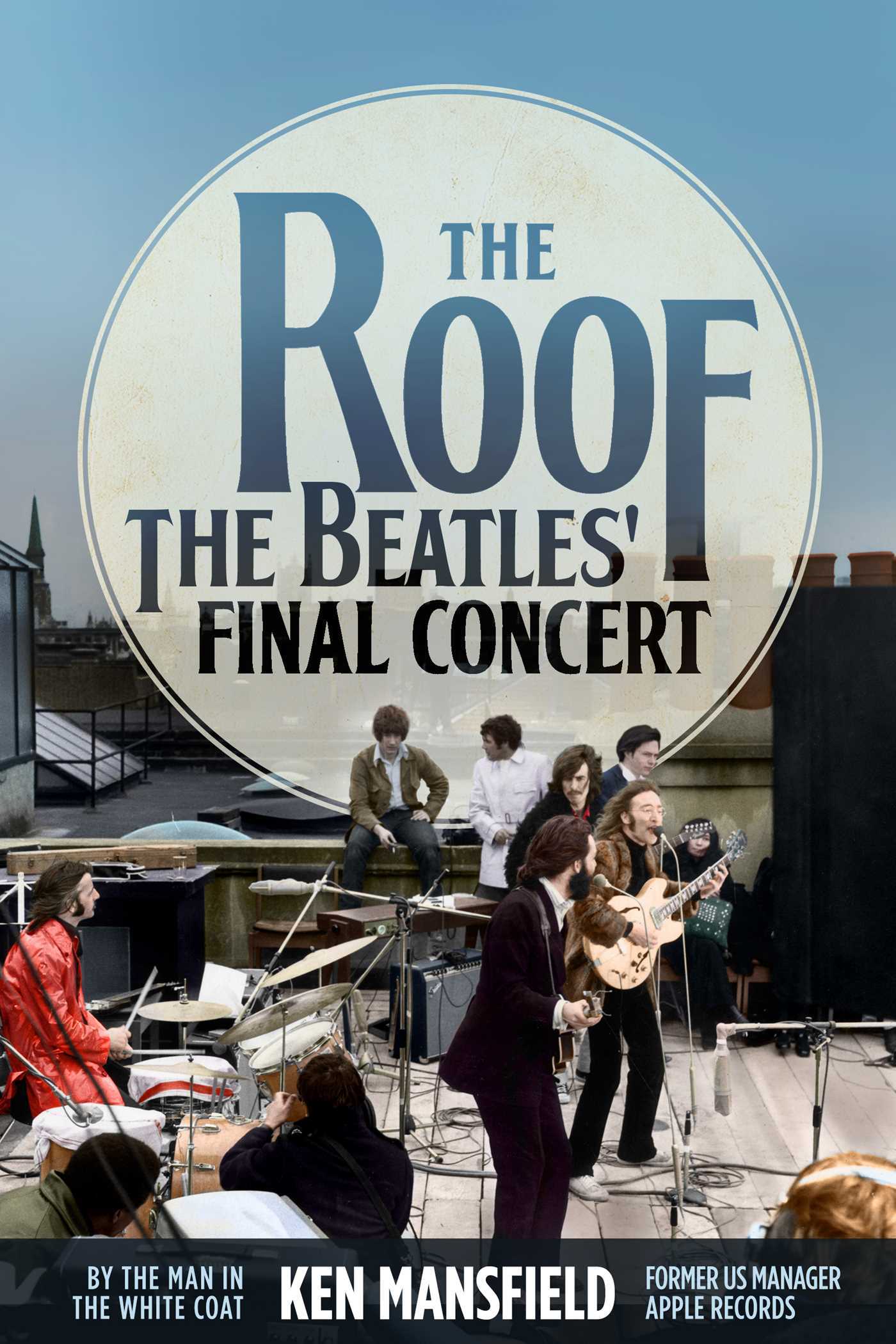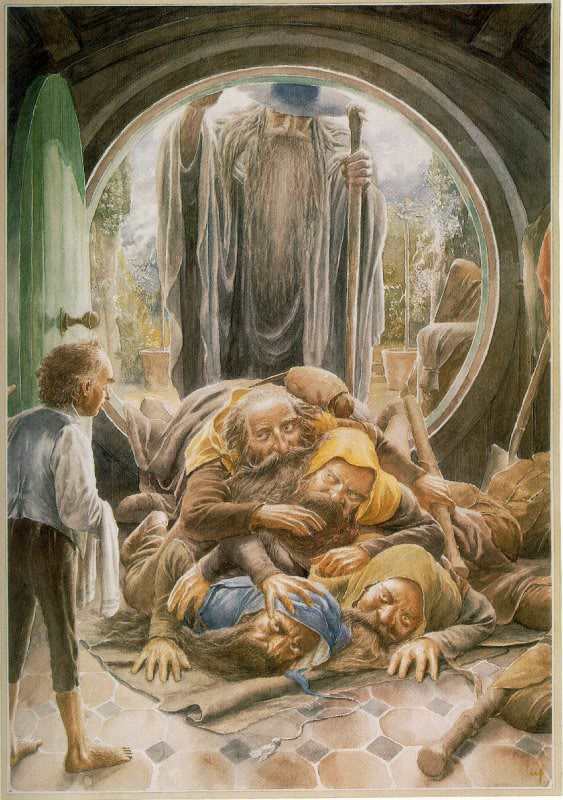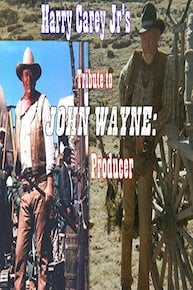

Immortality, an unending existence in the next world, is articulated in terms of food. In this passage, food is placed at the center of the eschatological vision of Vedic culture. Food as a conceptual tool may be seen in its most basic form in the statement of Taittirīya Upaniṣad (TU) 3.10, which identifies food (annam) as prathamajā ṛtasya “the first born of ṛta.” That annam is conceived as more than just everyday, edible goods is clear from the fact that food is personified as the first born progeny of the most important abstract power in the Veda, namely, ñta, “the active power of truth,” which underlies all cosmic, divine and human action. Food itself becomes the most basic conceptual tool by which the functioning of the human being, human society and the cosmos are understood.

Life and society are understood by the Vedic poets in terms of the basic struggle of acquiring food. 2 As Ś.B 13.2.9.8 and numerous other passages put it: the brahmins and the kṣatriya-s unite to ‘eat’ the people (viś). It is well known from the work of Wilhelm Rau that the opposition of eater (attṛ) and eaten (adya) is used by the Vedic poets as a conceptual frame to articulate social ideology. Originality/value – The paper critically reads the literature to uncover the contradictions and confusion besetting research in this area and makes original recommendations. This may also help to advance the research in this area and inform the practice in the field. The recommendations may help to minimize the confusion surrounding the functions, focus, and form of the mission statement. Practical implications – The paper reveals the sources of ineffectiveness of the mission statement. The paper offers no empirical evidence of the usefulness of its recommendations. Once this is done, it suggests the use of a “guiding statement” to flexibly describe any statement that integrates more than one of the above mentioned concepts in practice. Theoretically, it suggests conceptual distinction between mission, vision, values, and other related concepts. Research limitations/implications – The paper recommends theoretical focus and practical flexibility. It demonstrates how concepts such as mission, vision, values, identity are mixed up with one another, leading to a slow progress in research and underutilization of the power of mission in practice. Findings – The paper reveals the contradictions and confusion that beset research in this area. The paper ends with conclusions and recommendations.

Examples of mission statements of some prominent organizations are provided to substantiate arguments. The impact of the mission statement on performance is then discussed. These are then discussed under four major domains of the mission statement: definitions, functions. Design/methodology/approach – A comprehensive literature review is conducted and common themes and trends are revealed. Purpose – This paper aims to expose the underlying reasons behind the failure of the mission statement to have a significant impact on performance and to recommend ways forward. He used to sit under the tree’s shade in the early mornings making his daily output of literary work before breakfast. The still extant stump of a tree in the garden of the homestead there is a memento of him. He travelled extensively in Australia, making close and careful observation of our conditions, and he spent some considerable time with his son on Mortray station, out of Grenfell (NSW), and thereabout made much of his study of our bush life. It was not written, as often supposed, after a flying visit to the capitals it was, as he himself tells in his Autobiography, ‘the result of 15 months’ unflagging labour’. He was paid £1300 for it, yet the publisher made handsome profits out of its success, and it is said to have put up the price of Australian securities in London at the time.

The prime object of his coming was to see his grazier son but on his first visit he bore a commission from his publisher to write a book about the country.1 His monumental Australia and New Zealand was the result, a book which has been much misquoted, chiefly by those who have never read it.


 0 kommentar(er)
0 kommentar(er)
